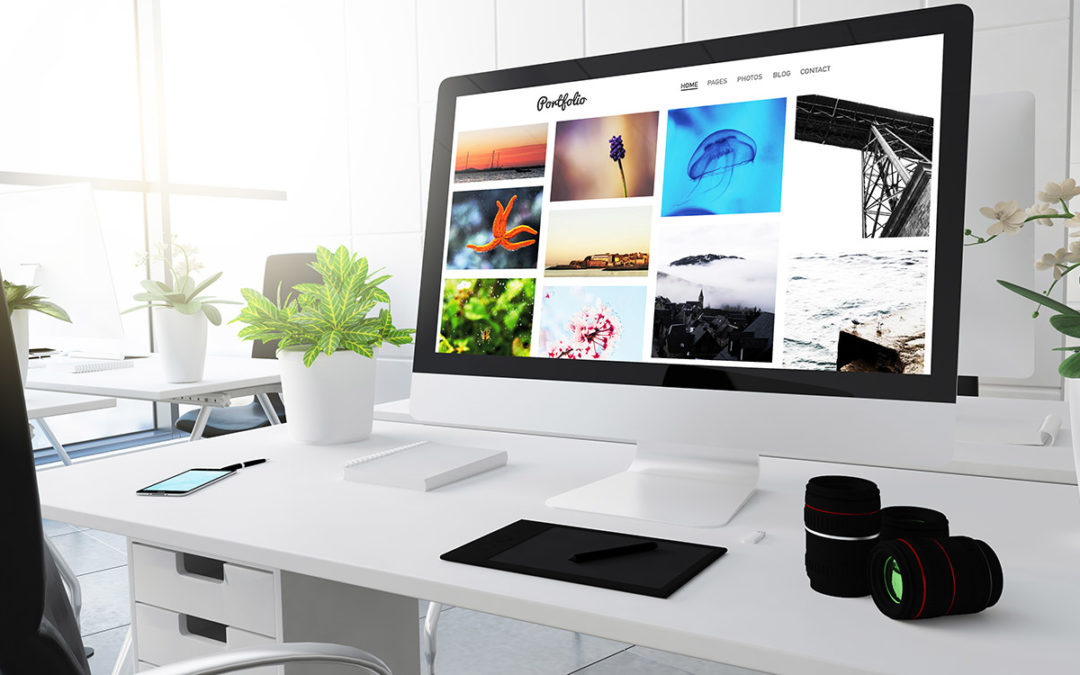Regardless of whether you have an internship lined up (or have had one in the past), doing personal project work will showcase your skills, and it will also highlight your passion for personal and professional growth.
The only problem is that it can be hard to figure out where to start...
So, I've put together five steps that will hopefully get you pointed in the right direction.
Just remember, a lot of college students and even grads will have work history on their resumes (including internships), so you need something more to help you stand out. And, a portfolio of your personal project work can do just that.
#1: Put Together Your Plan
Every major will have different types of project work that make sense to showcase. In the tech space, a mobile app or a web app would work well. In the graphic design space, re-designing the logos of major brands would be a cool project. In the marketing space, creating detailed marketing campaigns for major brands would work. In the medical space, you could do a personal research project on a topic you're passionate about.
Again, none of these projects have to be used in real life, but go through the process as if they are going to be used.
So, what type of project(s) make the most sense for your major or the industry in which you plan to start your career? Once you figure this out, you're then ready to move on to step #2.
#2: Where Will You Document Your Projects?
The best place to showcase your personal work is often on a personal website. However, you can also document your projects in a Google Doc file or somewhere else online that you can easily share with a prospective employer.
If you go the website route, I'd suggest getting your name as your domain name... if it's available. For me, that is ryanglick.com. Then, just set up a basic website with a section for your portfolio. Generally, you can use the blog for your portfolio.
The great thing about a website versus a Google Doc is that the website can organically be found by people. And, it looks more professional. I realize it's quite a bit of work though, so don't go down this path unless you'll finish the project and keep it up-to-date.
You don't want a website sitting out there with super old content.
One other thing. If you don't have the money to pay for hosting or for your domain name, then this may be cost prohibitive. If so, it's perfectly fine to go the free route by documenting your project work in a Google Doc file.
#3: Block Your Time
Based upon the type of project you decided on in step #1 above, carve out some time throughout your week to work on it. It's best to block your calendar for an hour or two at a time. Don't just work on your project whenever, be more purposeful and schedule it.
By doing this, you'll guarantee that your personal projects will be completed. Otherwise, it's far too easy to start a project, and then get "too busy" and forget about it.
Trust me, I've done this many times in the past. If I don't schedule it, it doesn't get done.
You may also be interested in When Is The Right Time To Start Your Internship Search
#4: Document Every Step Along The Way
When you start on your project work, don't forget to take notes and document your process. It's a lot harder at the very end to remember all of the nuances of your project. So, document while you go.
What steps did you complete? Why did you complete each step? What has been challenging? Etc...
You'll end up with a lot of information by the time you complete your project. It may seem like way too much detail, but you'll only share the most important things in your portfolio.
#5: Publish Your Project To Your Portfolio
The last thing you need to do is organize your notes from step #4, and then publish them in an organized way in your portfolio. Remember, you don't need to share everything... and in fact, you shouldn't.
Share only the important details.
Again, this could be shared as a new blog post on your website, or it could be shared by creating a Google Doc.
It's always good to provide a summary at the beginning of each project. The summary is often all that will be read by some people, so make the summary brief but powerful to pull them into the details that follow.
The Bottom Line
The cool thing about this is you can repeat steps 1 through 5 for multiple projects. And, before you know it, you'll have a portfolio of personal project work that will help you advance in your career.
Plus, it will keep you on top of the latest trends in your industry.

RYAN GLICK
Ryan is the Co-Founder and CEO of Groov, Inc, a property technology software company based out of Des Moines, Iowa. Ryan has been heavily involved in the world of Information Technology and entrepreneurship since the early 2000s. From small business consulting to Fortune 500 IT leadership, Ryan has a wide array of tech industry knowledge. Ryan has his BBA and MBA from the University of Iowa. Connect with Ryan on LinkedIn or Instagram.

